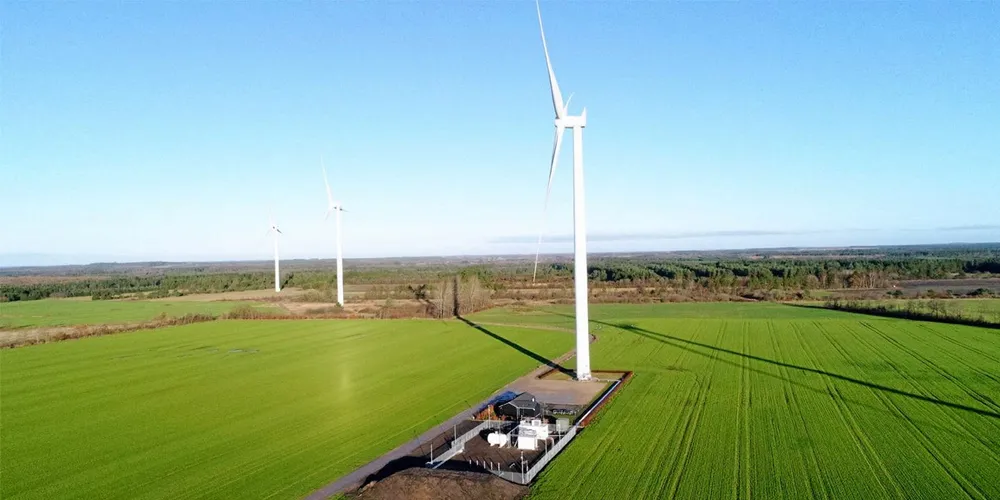Siemens Gamesa peps up onshore wind with hydrogen at SSE Scotland project
Wind OEM and utility hope to add electrolyser and battery technology as part of strategy to give existing projects added impetus

Wind OEM and utility hope to add electrolyser and battery technology as part of strategy to give existing projects added impetus
